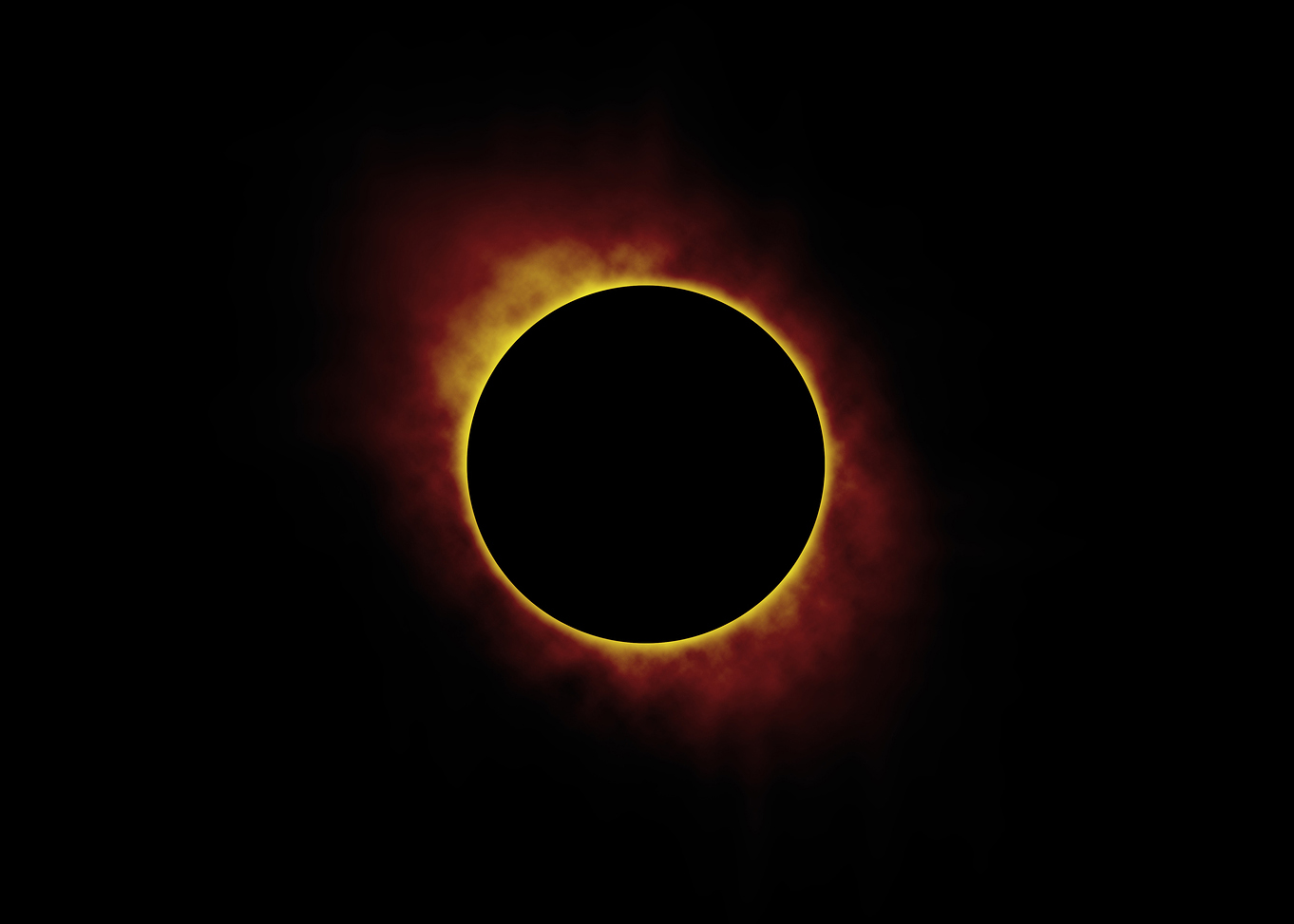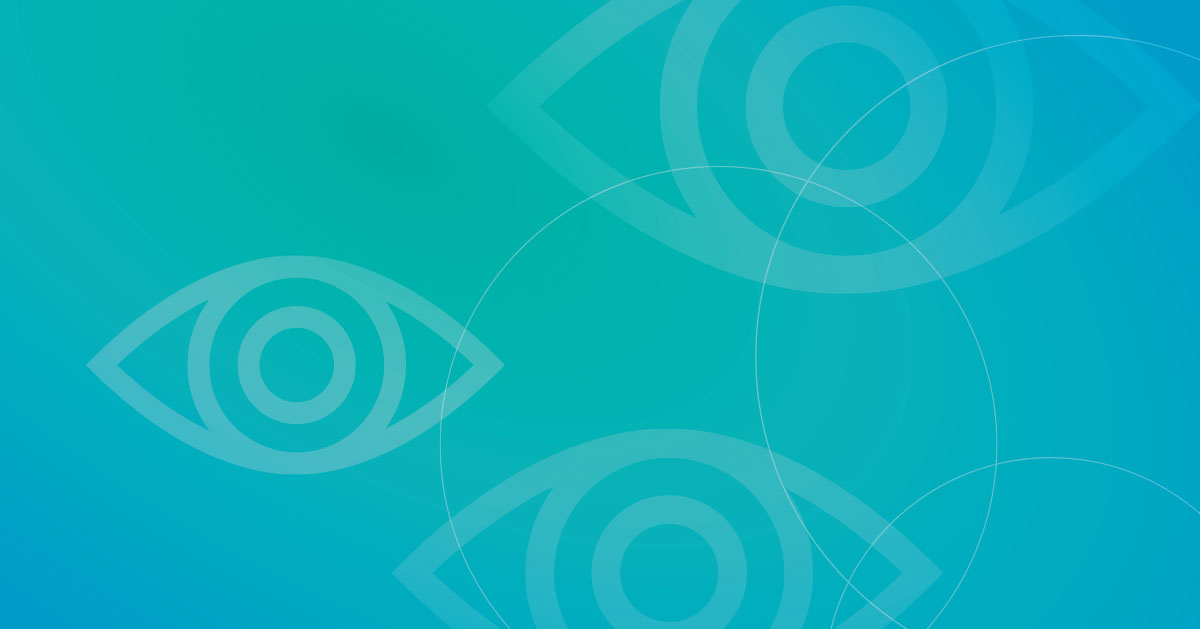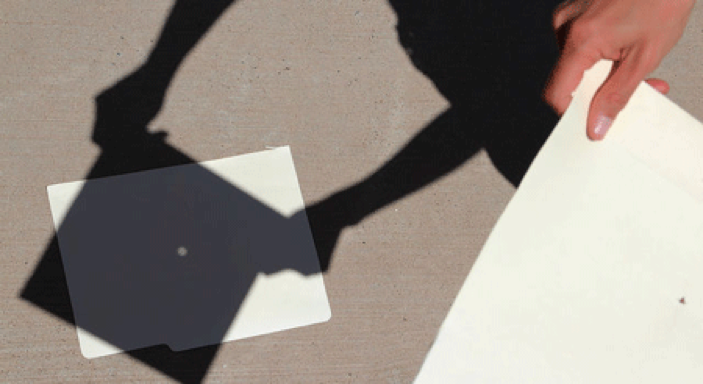Solar Eclipse – April 8, 2024
A solar eclipse will occur across most of the United States on April 8, 2024, including a small band of total solar eclipse stretching from east to west across much of the continent. Prevent Blindness hopes you enjoy taking part in this important astronomical and cultural event. Before you do, please take the time to learn about the dangers to your vision and how to protect your eyes from injury during the eclipse.
Protect your eyes!
Never look directly at the sun during a solar eclipse (except during the very brief time the sun is in total eclipse; and even then, with caution). Looking directly at the sun can cause permanent damage to your eyes. After viewing a solar eclipse, seek treatment from an eye care professional if you or your child have any changes in vision that continue to get worse.
What is a solar eclipse?
A solar eclipse occurs when the moon moves between the sun and the earth. The moon causes the light of the sun to be blocked from reaching earth, casting a shadow on earth. A total solar eclipse is when the moon completely blocks the sun. The sun’s outer atmosphere (called the solar corona) glows around the moon when it is blocking the sun. A partial solar eclipse is when the moon only blocks part of the sun. Viewing a partial solar eclipse can expose your eye to the sun’s rays causing damage to the eye.
How can your eyes be affected by a solar eclipse?
Exposing your eyes to the sun without proper eye protection during a solar eclipse can cause “eclipse blindness” or retinal burns, also known as solar retinopathy. This exposure to the light can cause damage or even destroy cells in the retina (the back of the eye) that transmit what you see to the brain. This damage can be temporary or permanent and occurs with no pain. It can take a few hours to a few days after viewing the solar eclipse to realize the damage that has occurred.
What are the eye symptoms that can occur from looking at a solar eclipse without proper eye protection?
- Loss of central vision (solar retinopathy)
- Distorted vision
- Altered color vision
If you notice symptoms after viewing a solar eclipse, seek treatment from an eye care professional.
How to safely watch a solar eclipse
The only time that you can safely view a solar eclipse without special equipment is during a total solar eclipse. This is when the moon completely covers the sun. It is never safe to look at a partial solar eclipse without proper safety equipment or techniques. During the very brief time the sun is in total solar eclipse it is safe to look at it, but do so with caution. Even during the total solar eclipse, the total eclipse may last only a short period of time, and if you are looking towards the sun as the moon moves away from blocking the sun, you might get a solar burn on your retina which can cause permanent damage to your eyes. Talk with your eye care professional to determine the best viewing option for you. Below are a few common ways to safely watch a solar eclipse:
Pinhole projection: This is the safest and most inexpensive way to watch a solar eclipse. This helps you avoid looking directly at the eclipse by using a projected image. This do-it-yourself project includes making a pinhole in a cardboard paper with the sun on one side and a piece of paper three feet away without obstruction to project the image on the other side. Keep in mind not to look through the pinhole at the sun.
Image Credit- NASA Jet Propulsion Laboratory
Welder’s glass: Number 14 welder’s glass provides effective protection and can be found at a local welder’s supply store. This glass will reduce the harmful rays that are emitted during the eclipse. Do not use if there are any scratches or damage to the glass.
Mylar filters: Aluminized mylar plastic sheets are available as eclipse vision glasses or can be cut and made into a viewing box. Do not use if there are any scratches or damage to the sheet.
Other ways: Other ways to safely watch a solar eclipse is on television or at the planetarium.
How not to watch a solar eclipse
Be careful about how you watch a solar eclipse. It is not recommended to view it in the following ways:
Smartphone: Watching a solar eclipse on your smartphone camera can put you at risk of accidentally looking at the sun when trying to line up your camera. It could possibly also damage your smartphone camera. Don’t take the risk.
Camera viewfinder: Never look at a solar eclipse through the optical viewfinder of a camera. It can damage your eyes in the same way as looking directly at it.


